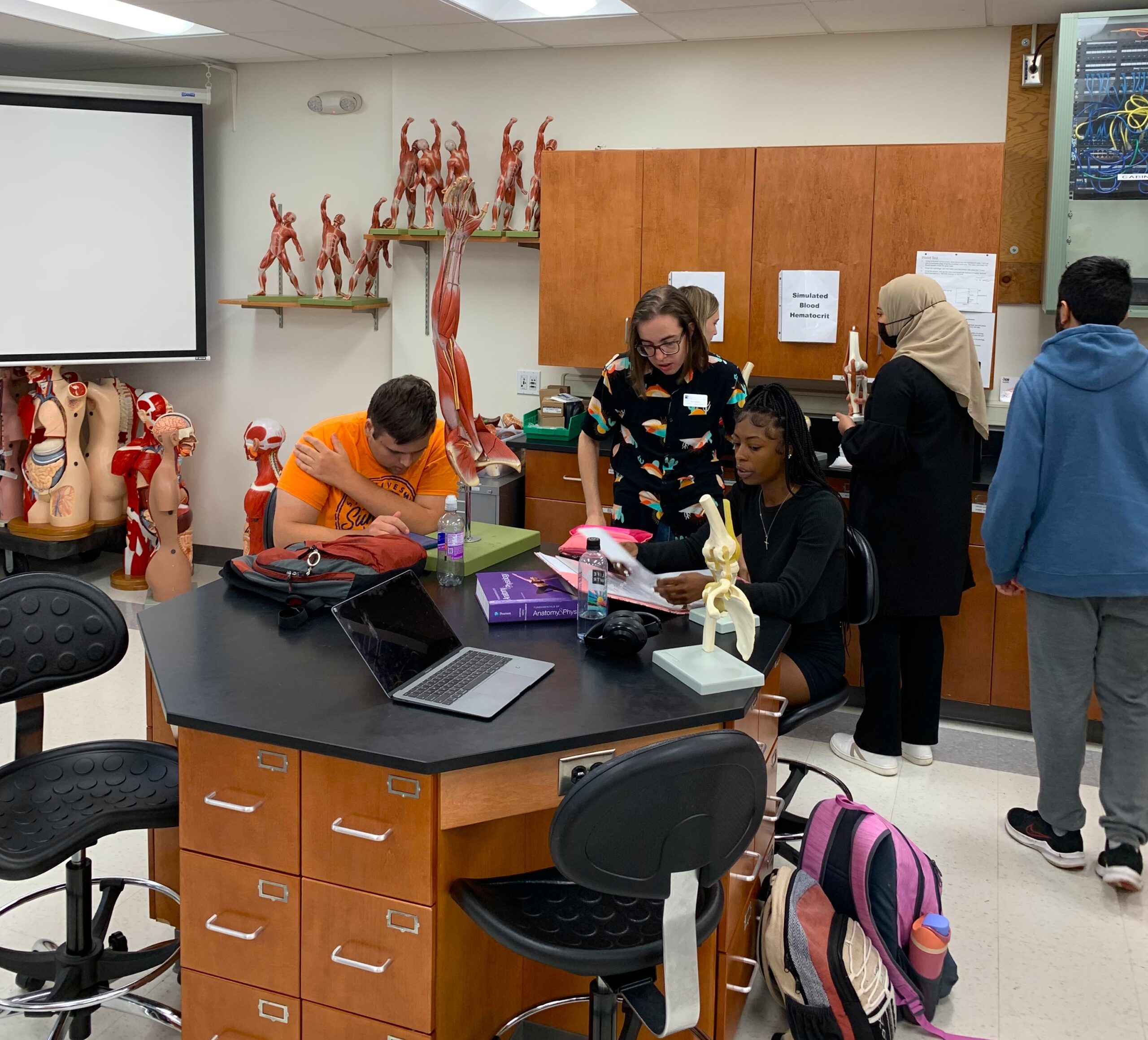Federal Trio Grant available at STLCC-MeramecBy: Shane Rice
– Asst. News Editor –
STLCC-Meramec will soon receive additional funding to better assist individuals with disadvantaged backgrounds. The TRIO Grant, a federally funded program, awarded Meramec $219,758 from Sept. 1, 2010, through Oct. 31, 2011, with the option of renewal each year for the next five years.
The grant was designed to identify and better assist first generation, low income and disabled students. The original intent of the TRIO grant was to help students who were college-capable, but for different reasons would have difficulty succeeding in a four-year institution.
According to Vernon Kays, Ed.D., dean of Mathematics and Communications, students who become eligible, apply, and get involved in the grant program will increase their probability of getting a bachelor’s degree.
“It will highlight and strengthen our academic support services across the board, but it will also focus us on those 160 students that will come into the program,” Kays said.
The Federal TRIO Grant Committee noticed that many first-time students, minority groups and students with disabilities attend community colleges. In turn, they made these funds available to offer additional funds for student services and resources.
Michael Smith, manager of Financial Aid, said he believes this grant will be very beneficial for students. “The number of students I see that come through the office that need the help, it’s going to benefit them greatly. They are in danger of losing their financial aid because they haven’t academically progressed like they need to,” Smith said. “It can provide a one-stop shop to provide students with the assistance they will need, tutoring assessments, all those different things.”
There are eight different TRIO programs, including Student Support Services, Upward Bound and special programs for disabled students. Eligible students must be identified as low-income, first generation students, documented with a disability or all the above.
According to Smith, there are approximately 510 students with documented disabilities. “Our Access Office is geared toward students with disabilities, so this way we are able to have two areas that will cover, I think, more students in the end,” Smith said.
This is the first time Meramec has received the federal TRIO grant, according to Kays. “Forest Park and Florissant Valley have both had grants of various kinds and have worked with other institutions.”
The application process began approximately one year ago with former Vice President of Student Affairs Stephen Petersen, Ed.D., acting as the chair of the committee. Petersen was placed in charge of forming a committee for this process by former President Paul Pai, Ed.D.
Petersen selected Kays; Smith; Castella Henderson, director of institutional development for STLCC; Christy Jaeger, associate director of continued education for Meramec; and Rhonda Adams from the dean’s office.
In addition to the committee that Petersen formed, Pai brought in an outside grant writing consultant, Richard Frye. Frye was paid $2,000 and another $3,000 on Feb. 12, 2010. Both payments were allocated from the lecture, athletic and musician fund, according to STLCC budget reports.
Kays said it was beneficial at the beginning to bring in Frye. “Often times when you’re trying to write a grant you want people who have written that grant before, who have expertise, and Mr. Frye has done that for lots of TRIO grants at other institutions,” Kays said.
However, as the appointed committee made it further into the process they realized Adams’ experience would help work through some issues easier than an outside consultant.
“We brought [Frye] in to help guide us but we were not as satisfied with the product as we had hoped,” Kays said.
The committee ultimately finalized the grant process and received notification from Sen. Claire McCaskill of the award on Aug. 6, 2010.
“The fact that we have the grant on this campus is a great resource for our students. It will also help the campus indirectly by creating that culture of success,” Kays said.











